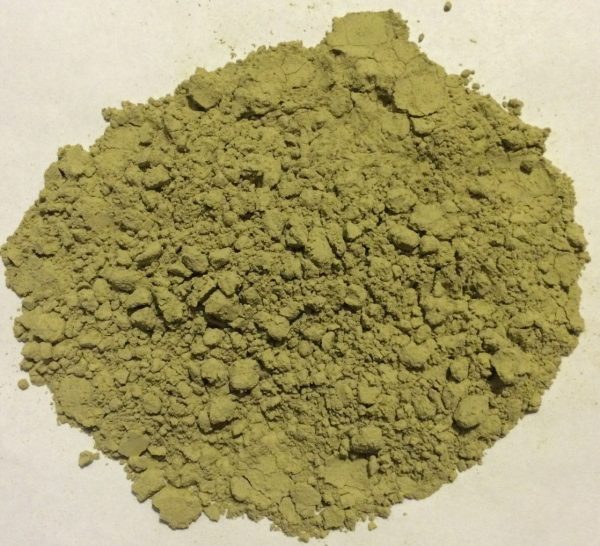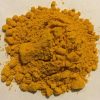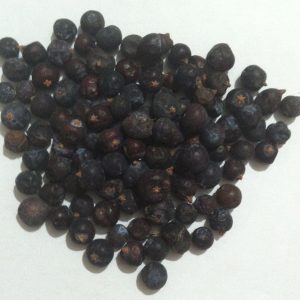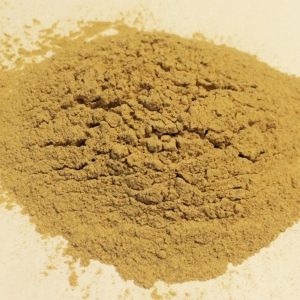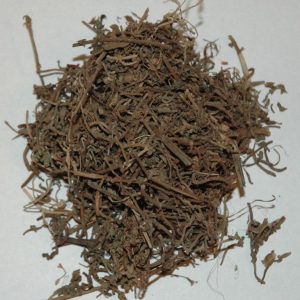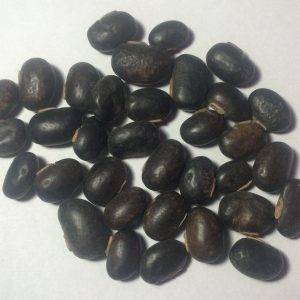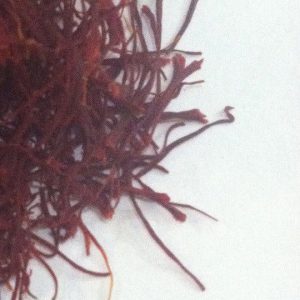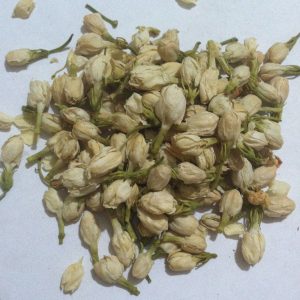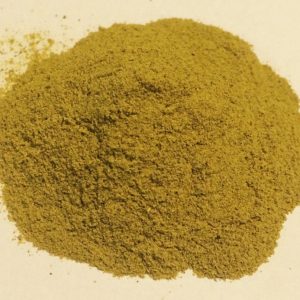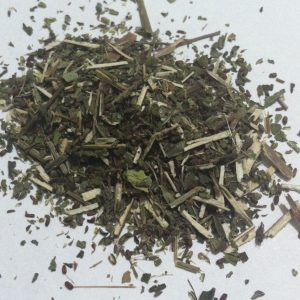Description
Common Name Standardized: kelp Other: knotted wrack Botanical Name Ascophyllum nodosum Le Jol. Plant Family: Fucaceae Overview Introduction Kelp is an underwater plant with a majestic form, deep green color and a high nutritional yield. Commonly referred to as “seaweed” this botanical beauty is not from the common “seaweed” but rather a different classification of plant entirely. Care and importance should be taken when consuming kelp and one should know its origin. Many of the world’s oceans are suffering from pollution, so it is best to use a Kelp product from clean, pristine and protected ocean. Hawaii, Iceland, Canada, and the North West United States are all choice locations for quality Kelp products. Kelp is a great source of nutrients and can be added easily to any diet from both the digitata and nodosum varieties. Constituents Iodine, Calcium, Iron, Potassium, Vitamin B1, B2, B12 and polysaccharides Parts Used Powdered or granulated whole kelp plant, which has been sun dried, cleaned and processed. Typical Preparations Powdered kelp can be easily included in practically every dish. You may sprinkle it on entrees, soups, salads, and it makes a marvelous drink in the form of a “green smoothie”. Also adds well in teas and in iced drinks. Encapsulated kelp is also available as well as the liquid extract from the fresh plant. Precautions Specific: Seaweeds contain naturally high levels of iodine. Consult a qualified healthcare practitioner before using. If you are pregnant or breastfeeding consult a qualified healthcare practitioner before using. General: We recommend that you consult with a qualified healthcare practitioner before using herbal products, particularly if you are pregnant, nursing, or on any medications. For educational purposes only This information has not been evaluated by the Food and Drug Administration. This information is not intended to diagnose, treat, cure, or prevent any disease.



